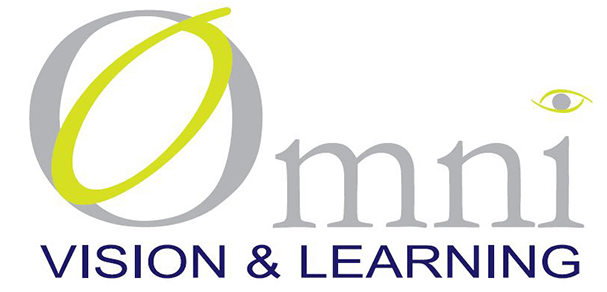Vision therapy is a specialized, non-invasive treatment program designed to improve how the eyes work together.
Unlike traditional eye care, which focuses primarily on correcting eyesight, it targets the functional aspects of vision. This approach benefits children and adults, offering a non-surgical and effective solution to various visual challenges.
Omni Vision & Learning Center in Monticello offers comprehensive programs tailored to meet each patient's unique needs.
What is Vision Therapy?
Vision therapy, also known as visual training, includes a set of eye exercises and activities to improve the connection between the eyes and brain.
These sessions, which we perform under a behavioral optometrist's or vision therapist's supervision, enhance visual skills essential for everyday tasks, such as reading, writing, and driving.
It goes beyond merely seeing clearly and focuses on the efficiency and comfort of visual processing.
Who Can Benefit from Vision Therapy?
Vision therapy can benefit individuals of all ages who experience difficulties with visual tasks. Here’s a look at who might benefit:
- Children with Learning Difficulties: Many children with learning difficulties may actually have undiagnosed visual problems. Vision therapy can help improve their ability to focus, track text while reading, and maintain attention on tasks. This can enhance their academic performance.
- Adults with Digital Eye Strain: Many adults experience digital eye strain due to prolonged screen time. Vision therapy exercises can alleviate symptoms like eye fatigue, headaches, and blurred vision.
- Patients with Specific Eye Conditions: Vision therapy is also effective for treating pediatric conditions caused by binocular vision dysfunction, like lazy eye (amblyopia), crossed eyes (strabismus), and convergence insufficiency. Patients recovering from traumatic brain injuries that have impacted their visual function can also benefit from it.
How Vision Therapy Works
We tailor vision therapy programs to the specific needs of each patient. The therapy typically involves a set of in-office sessions and at-home exercises. Key components include:
- Vision Exercises: These improve eye coordination, focusing, and tracking.
- Specialized Equipment: Tools such as prisms, lenses, and visual training software are used to enhance visual skills.
- Visual-Motor Integration: Exercises that improve the connection between visual input and motor responses, enhancing hand-eye coordination and spatial awareness.
The Long-Term Benefits
One of the major advantages of vision therapy is its potential for long-term benefit, such as:
- Addresses Root Causes: It targets the underlying causes of visual issues rather than just alleviating symptoms. This leads to more effective and lasting results.
- Improved Academic Performance: For children, enhanced visual function can result in better performance in school.
- Reduced Eye Strain: Vision therapy can decrease strain from prolonged screen time or long work hours for adults. This results in fewer headaches and less eye fatigue.
- Enhanced Daily Function: Lasting improvements in visual function contribute to comfort. It also means efficient visual processing in everyday tasks, especially in people with traumatic brain injuries.
- Increased Confidence: As visual skills improve, both children and adults may experience a boost in confidence.
Schedule a Consultation for Vision Therapy Near You
At Omni Vision & Learning Center in Monticello, our experienced vision therapists can design a personalized program to address your or your child's specific needs.
FAQs
Does Insurance cover Vision Therapy?
Coverage can vary depending on the insurance provider and the specific plan. It's important to check with your insurance company to understand what your plan covers.
How Much Does Vision Therapy Cost?
The cost can vary depending on the duration and intensity of the treatment program. The severity of the visual issue determines the number of sessions required, which also affects the total cost.

